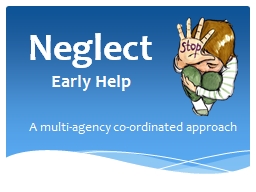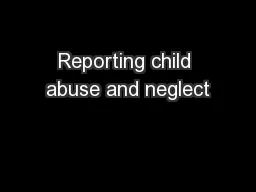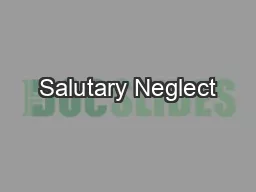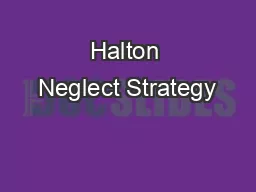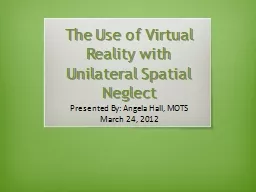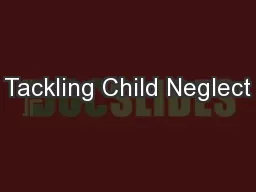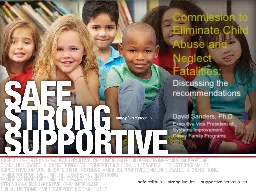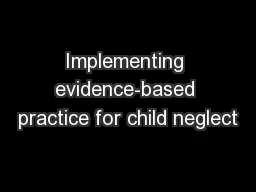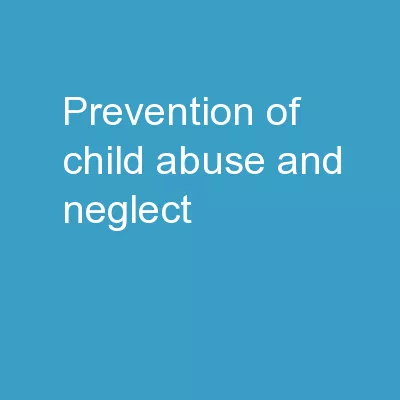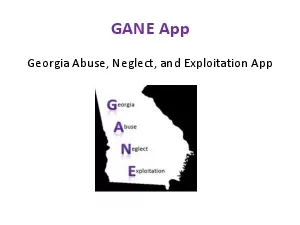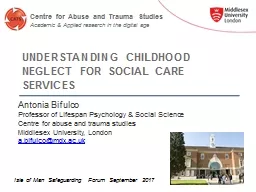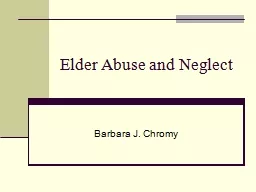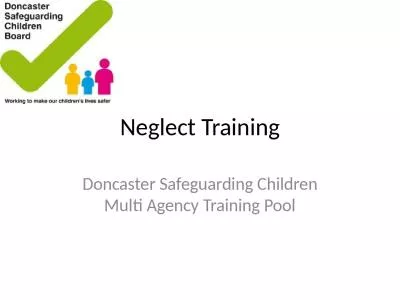PPT-Neglect Early Help A m ulti-agency co-ordinated approach
Author : wilson | Published Date : 2023-07-21
Housekeeping Evaluation Forms Neglect Gloucestershire Child Neglect Strategy Launched May 2017 National and Local learning and the wider context Recognising
Presentation Embed Code
Download Presentation
Download Presentation The PPT/PDF document "Neglect Early Help A m ulti-agency co-o..." is the property of its rightful owner. Permission is granted to download and print the materials on this website for personal, non-commercial use only, and to display it on your personal computer provided you do not modify the materials and that you retain all copyright notices contained in the materials. By downloading content from our website, you accept the terms of this agreement.
Neglect Early Help A m ulti-agency co-ordinated approach: Transcript
Download Rules Of Document
"Neglect Early Help A m ulti-agency co-ordinated approach"The content belongs to its owner. You may download and print it for personal use, without modification, and keep all copyright notices. By downloading, you agree to these terms.
Related Documents

